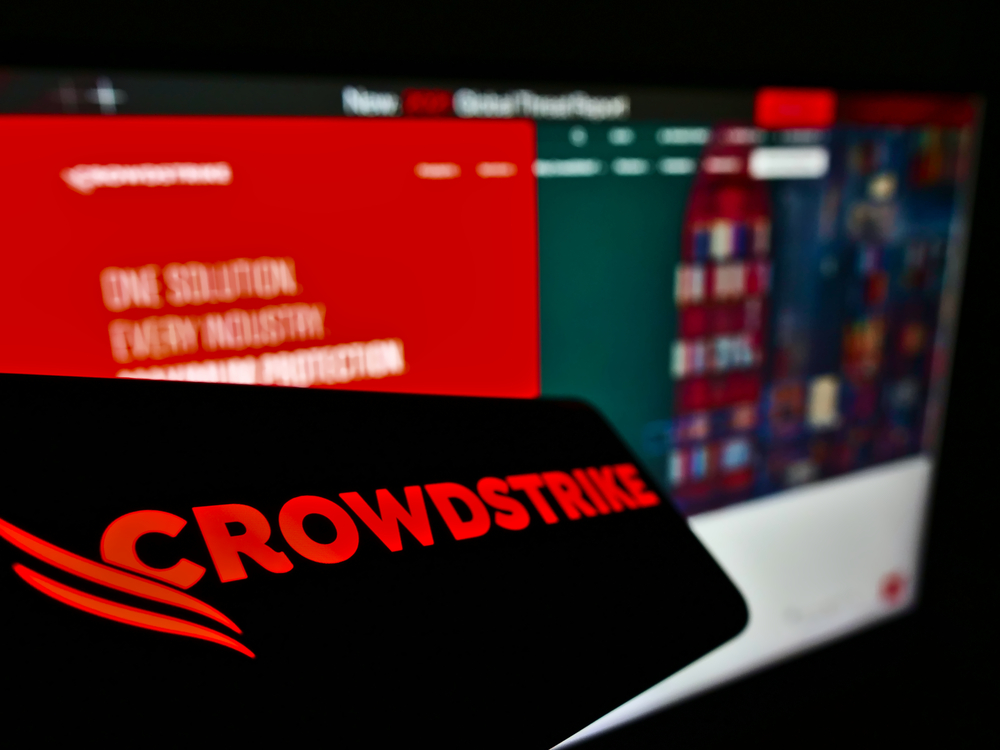
8 Ways to Recession-Proof Your Business
Jun 10, 2022 2 minute Read
The economy is undoubtedly heading towards the next recession, and worse that the great recession of 2008.
With the ever-changing nature of how we do business, there is no doubt that with the volatility of the current economy (due in no small part to the coronavirus pandemic), we will have to deal with something similar to another financial crisis. So what can you, as a small business owner, do to ensure your business goes unaffected—or grows?
The main answer lies in the backend technology you utilize. Today, we’re sharing the top tips and tech you should incorporate into your own tech stack to recession-proof business operations.
Use a Modular Tech Stack
A business is only as good as the technology it uses to run. But what happens when the economy takes a dive?
In the early 2000s, a recession hit and businesses were forced to cut costs wherever they could. One of the biggest areas that suffered was IT. Many companies slashed their tech budgets and sometimes even laid off their IT staff. This led to long periods of downtime, slow service, and general instability in their systems — all of which scared away customers.
Fast forward 15 years later, and we’re facing another economic downturn. But this time, you don’t have to be caught off guard like so many other businesses were before.
A modular tech stack allows you to use different services without having to worry about integration or compatibility issues between them.
It also makes it easy for you to swap out old technology with new, more effective solutions without having to change any other components of your system.
This helps reduce the amount of time it takes for new technologies and capabilities to reach customers’ hands, which is especially beneficial during hard economic times when people are less willing (and able) to spend money on new products and services they may not be familiar with yet.
Track ROI for Each Tool You Use
In the midst of a recession, old and new businesses alike are expected to cut costs wherever possible. But that doesn’t mean you should stop investing in your company’s future.
In fact, now is the perfect time to reevaluate your business and make sure you’re using the best tools for your needs.
Make sure that you’re getting the most out of all of your investments by leveraging them together with other solutions that work together seamlessly — like accounting software and marketing automation software.
These integrated solutions allow you to save time by automating repetitive tasks and streamlining processes so that they take less time than they would if done manually (or not at all).
Monitor the ROI of each tool you use. ROI can be measured in cash flow, time, and productivity. So if you have tools that either overlap in functionality or don’t greatly benefit you, then consider removing them and investing that money elsewhere. Times may get tough, but that’s not an excuse to ignore the metrics.
Invest in Customer Service Tech
One of the most important ways to make your business recession-proof is by investing in customer service technology. This will help you better serve your clients and ensure that you con
The first thing that many small businesses do when they’re struggling with sales is to stop engaging with their customers. This is a big mistake because it leaves them out of touch with what their customers want and need.
Instead, entrepreneurs and business leaders should be using tools like live chat software or chatbots so they can engage with customers in real time and provide them with the best possible experience when they’re shopping online or on social media channels like Facebook or Twitter.
You want to ensure every interested customer is taken care of in the way they prefer. It’s the best way to keep customers connected with your store and guide them toward making a purchase.
Increase Customer Lifetime Value (CLV)
It’s important to understand how much it costs to acquire a new customer versus how much it costs to keep an existing one.
If you’re looking at a situation where it costs $5,000 for every new customer but only $1,000 per year for each existing one, it makes sense to put more effort into encouraging repeat business from your existing customer base rather than trying to bring in new ones.
The longer you keep customers around, the more money you make from them over time. It’s also easier to sell additional products to existing customers than it is to find new ones and convince them that they need what you have to offer.
A lot of businesses that do well during an economic recession include some type of credit score repair or credit building. Folks are worried about their credit and will do what they can to ensure they maintain good credit or don’t let their credit decrease even when they make large purchases. This is a great way to make your business recession-resistant and offer customers in your target market something of great value on top of what you already offer.
Provide More Up-Front Value
In tough times, consumers are looking for deals and discounts on everything from clothes and electronics to travel and entertainment — so make sure you’re offering them plenty of incentives when they first sign up for your service or buy from your store. If they know they’ll get something extra right away, they’ll be willing to pay more later on down the road when times are better again.
You can offer bundles to provide more items for less (at least less than if each were purchased separately), or you can start a rewards program to offer significant discounts to regular customers. There are many ways to provide more value upfront. The best method depends on your business model and who your customers are.
Set Up Automations for Payment Decline Codes
Automate as much as possible.
Automation can help keep your sales pipeline full even when there are fewer leads coming in because it means you don’t have to manually follow up with people who aren’t responding. It can also help you scale your business by freeing up time so that you can focus on larger projects and improving revenue streams.
But, possibly most importantly, setting up automations when a decline comes in will help you retain the customer.
For example, if a customer attempts to make a $100 purchase but gets declined due to insufficient funds, you can automate the next steps to give them a coupon code and sell the the item at a discounted price.
Offer Payment Plans
These days, people are more likely to buy things that they can pay for in installments rather than all at once. You can offer this option by making partnerships with a company like Klarna, AfterPay, or other lenders. Or developing your own software tool for it. The latter option can cost thousands of dollars, but the former is much cheaper.
And consider that offering a service that people are familiar with, like AfterPay, can generate more trust in your company.
This ties into the decline automations we mentioned earlier. If a customer’s transaction is declined, you can provide a discount, charge then a fraction of the price up-front, and offer a payment plan.
This gives your customer plenty of opportunity to get the product they want and ensures you make the sale.
Set Up the Right Payment Gateway for Your Users
In addition to accepting credit cards, consider accepting other forms of payment such as gift cards and debit cards that are tied to a checking account. These alternatives will help ensure that customers will be able to purchase from your store even if they don’t have enough cash on hand.
It’s also a good idea to implement payment gateway tech that offers one-click checkouts. This streamlines the checkout process, giving consumers a faster way to get the product they want as well as less time to reconsider and abandon the cart.
The payment gateway you choose is only as strong as the payment processor you work with. If you’re in direct response, dropshipping, or other high-risk industries then you need a high-risk merchant account to secure your business and your bottom line.
You’ll need at least 2 MIDs (for two payment processors) to offer customers the type of diversification necessary to stay above the competition. This is one of the best ways to recession-proof your business and conquer a difficult economic situation.




